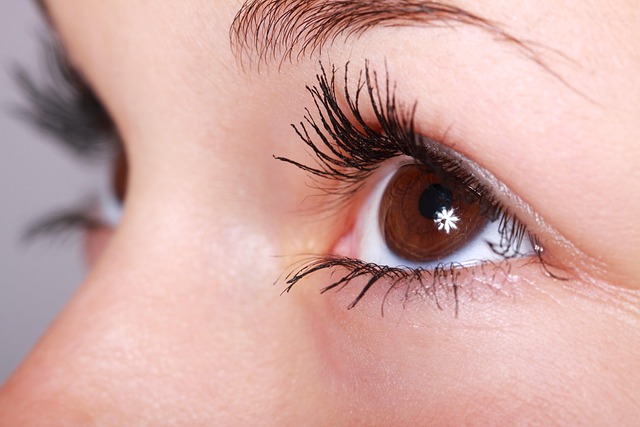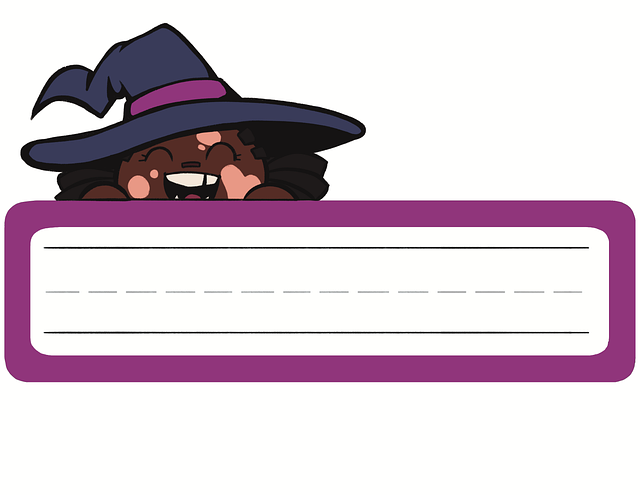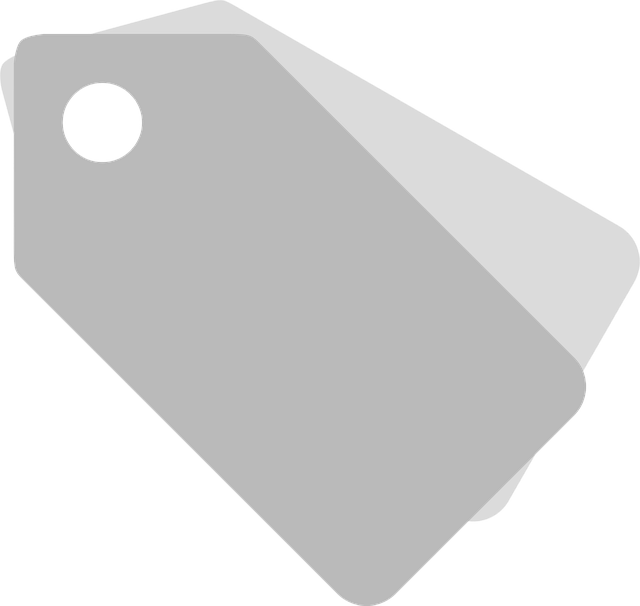Skin tags, or acrochordons, are soft growths caused by friction, obesity, pregnancy, or insulin resistance. London residents have various removal options, including surgical and non-surgical methods like cryosurgery or adhesive strips. Specialized clinics offer advanced techniques under dermatologists' care. Aftercare involves keeping the area clean, avoiding strenuous activities, applying antibiotic ointment, and monitoring for infection or prolonged healing.
“Considering skin tag removal in London? You’re not alone. Skin tags, those small, soft hangings of skin, often appear on the neck, armpits, or wrists, and while typically harmless, many adults seek removal for cosmetic reasons. This comprehensive guide delves into understanding these benign growths, exploring effective removal options—surgical and non-surgical—and highlighting London clinics offering expert treatments. Learn about the recovery process and essential aftercare tips to ensure fast healing.”
- Understanding Skin Tags: Causes and Appearance
- Removal Options: Surgical vs Non-Surgical Methods
- London Clinics: Expert Treatments for Skin Tags
- Recovery and Aftercare: Tips for Fast Healing
Understanding Skin Tags: Causes and Appearance

Skin tags, also known as acrochordons, are small, soft skin growths that typically appear in areas where skin rubs against itself, such as the neck, armpits, and groin. They can vary in size, from a few millimetres to around 1 centimetre, and often resemble tiny warts or tags. Despite their benign nature, many adults seek London Skin Tag Removal for aesthetic reasons or because they find them annoying or embarrassing.
The primary cause of skin tags is friction and repetitive trauma to the skin. This can occur due to clothing, jewellery, or even rubbing against surfaces during daily activities. Certain factors, such as obesity, pregnancy, or insulin resistance, can also increase the likelihood of developing these growths. They are usually harmless but may sometimes be associated with more serious conditions like skin cancer, though this is rare.
Removal Options: Surgical vs Non-Surgical Methods

When it comes to removing skin tags in adults, there are two primary approaches: surgical and non-surgical methods. In London, where access to advanced medical treatments is readily available, many individuals opt for professional procedures. Surgical removal involves a quick in-office procedure where a doctor uses a scalpel or laser to cut off the skin tag. This method offers immediate results but may leave a small scar and requires local anaesthesia.
Non-surgical options have gained popularity due to their minimal invasiveness and faster recovery time. These methods include freezing with liquid nitrogen (cryosurgery) or using adhesive strips. Cryosurgery is a simple process where the skin tag is frozen, causing it to fall off over time, while adhesive strips work by gently detaching the skin tag without any cutting or scarring. Non-surgical techniques are suitable for those seeking quick, scar-free solutions for their skin tag removal in London.
London Clinics: Expert Treatments for Skin Tags

In the vibrant city of London, residents and visitors alike can access expert treatments for skin tags through a variety of clinics. These specialized facilities offer advanced techniques and professional care to ensure effective removal of skin tags, which are common benign growths that can appear anywhere on the body. Many Londoners choose these clinics due to their state-of-the-art equipment and experienced dermatologists who employ safe and proven methods for skin tag removal.
Whether you’re seeking a quick fix or a more permanent solution, London skin tag removal clinics cater to different needs and preferences. Some offer surgical excision, cryotherapy, or laser treatments, each with its own advantages. The best clinic will provide personalized consultations to determine the most suitable treatment plan, ensuring optimal results with minimal downtime for their patients.
Recovery and Aftercare: Tips for Fast Healing

After London skin tag removal, proper aftercare is essential for fast and effective healing. It’s crucial to keep the treated area clean and dry, avoiding strenuous activities or heavy sweating for a few days. Using a mild soap and warm water to gently cleanse the site is recommended, followed by patting it dry without rubbing. Applying a thin layer of over-the-counter antibiotic ointment can help prevent infection and promote healing.
To ensure optimal recovery, avoid picking or scratching the treated area, as this may cause scarring. Lightly covering the spot with a sterile bandage for 24-48 hours can offer protection while allowing air circulation. Most skin tags disappear without any trace within a week or two of treatment; however, if discomfort persists or signs of infection appear (redness, swelling, warmth), consult a healthcare professional immediately.
Skin tags can be a source of personal discomfort and self-consciousness, but with various removal options available in London skin tag removal clinics, adults now have effective solutions at their disposal. From surgical to non-surgical methods, each approach offers unique benefits tailored to individual needs. Following expert treatment and proper aftercare, individuals can achieve clear, smooth skin with minimal downtime. Remember, seeking professional guidance is essential for safe and successful skin tag removal in London.
